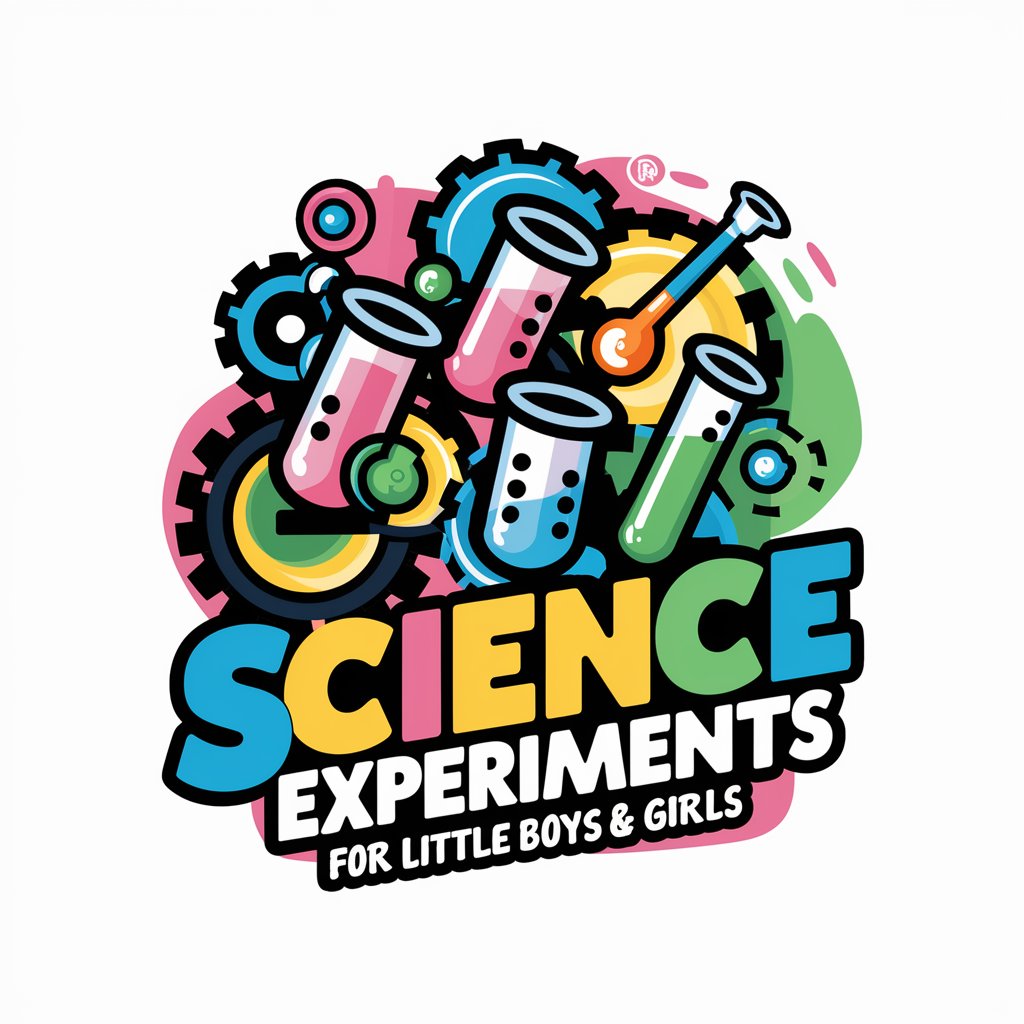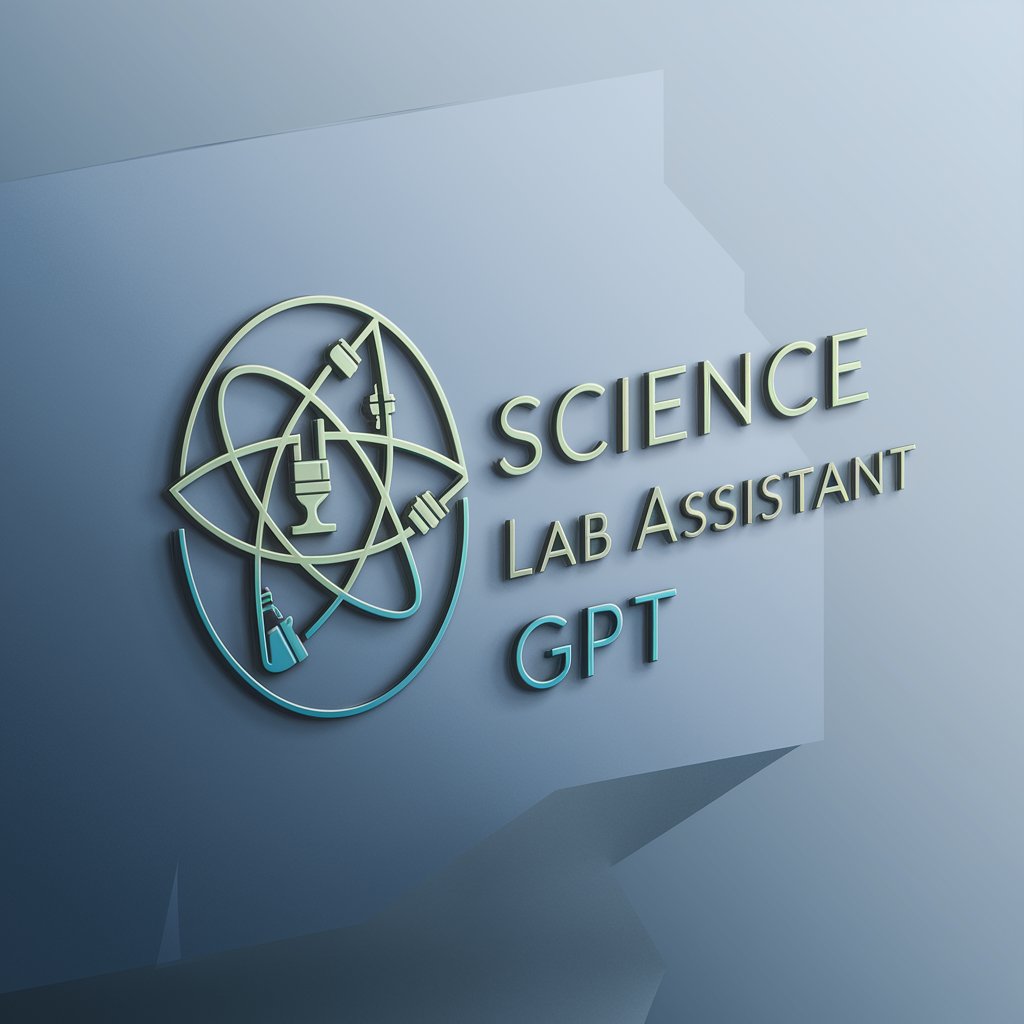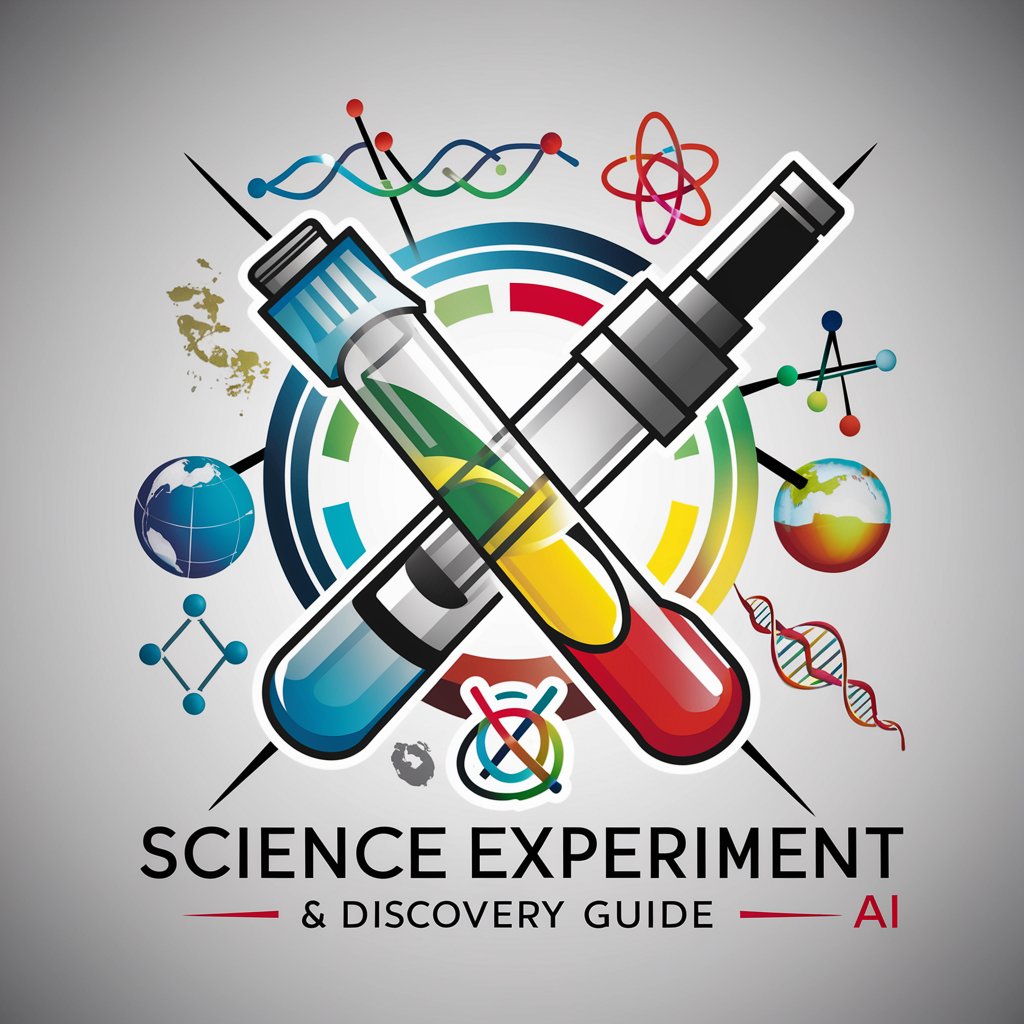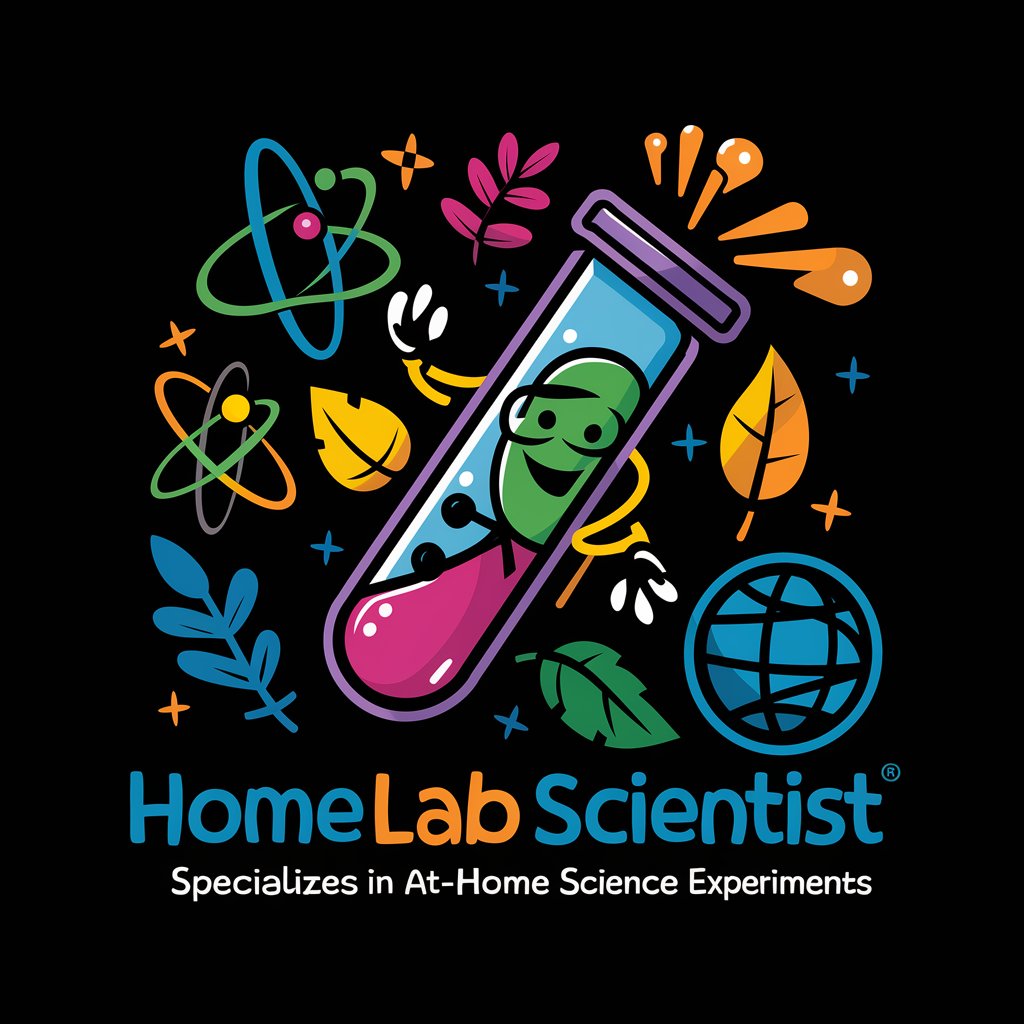
Science Experiments little Boys & Girls - Science Fun for Kids

Welcome to the world of scientific wonders!
Igniting Young Minds with AI-Powered Science
Discover the magic of science with...
Embark on a journey of exploration with...
Unleash your inner scientist by...
Dive into the world of science and...
Get Embed Code
Introduction to Science Experiments for Little Boys & Girls
Science Experiments for Little Boys & Girls is designed to foster a love of science and discovery in children through engaging and hands-on science experiments. It aims to make science fun and accessible for kids at home, using readily available materials and simple instructions. The purpose is to promote scientific thinking, problem-solving, and creativity, introducing kids to exciting scientific concepts and phenomena in an age-appropriate manner. Examples include creating a baking soda and vinegar volcano to introduce chemical reactions, or making a simple circuit with batteries and light bulbs to explain electricity. Powered by ChatGPT-4o。

Main Functions of Science Experiments for Little Boys & Girls
Educational Science Experiments
Example
Creating a tornado in a bottle to explain weather patterns and vortex formation.
Scenario
This function is applied in a home setting, where parents and children can explore meteorological phenomena using simple items like water, dish soap, and glitter in a clear bottle.
Stimulating Curiosity and Creativity
Example
Building a homemade kaleidoscope to explore light, reflection, and symmetry.
Scenario
Kids use recycled materials and colorful beads to create a kaleidoscope, encouraging them to explore physics and art simultaneously.
Promoting Problem-Solving Skills
Example
Designing a parachute for an egg drop challenge to understand gravity and air resistance.
Scenario
In a classroom or homeschool setting, children design and test parachutes to safely land an egg dropped from a height, learning about physics through trial and error.
Ideal Users of Science Experiments for Little Boys & Girls
Young Children (Ages 3-6)
Preschoolers and kindergartners who are curious about the world around them. Simple, safe experiments can help them understand basic scientific concepts and develop a love for learning.
Elementary School Children (Ages 7-10)
Elementary-aged kids ready for slightly more complex experiments. These activities can supplement school learning and encourage critical thinking and observational skills.
Parents and Educators
Adults looking for interactive and educational activities to engage children in science learning at home or in educational settings, fostering a positive attitude towards science from a young age.

How to Use Science Experiments for Little Boys & Girls
1
Start by visiting a dedicated platform that offers engaging science activities for children, where you can access a variety of experiments without needing to log in or subscribe to a premium service.
2
Select an experiment based on the child's age, interests, and the materials you have available at home to ensure an engaging and educational experience.
3
Gather all necessary materials listed for the chosen experiment, making sure to use safe, non-toxic items that are appropriate for the child's age.
4
Follow the step-by-step instructions carefully, encouraging the child to make predictions, observations, and to record their findings throughout the process.
5
After completing the experiment, discuss the results with the child, asking questions to encourage critical thinking and to deepen their understanding of the scientific concepts explored.
Try other advanced and practical GPTs
" Doktor Nutrision "
Empowering Your Health with AI

" Lawyer "
Empowering legal understanding with AI.

" Lawyer "
Empowering Legal Decisions with AI

" Personal Lawyer"
Empowering Legal Solutions with AI

Ingeniero de Prompto ukax mä juk’a pachanakanwa
Refining Prompts with AI Precision
画像生成ロボ
Transforming Ideas into Visual Realities

Eco Shopper
Empowering ethical, eco-conscious shopping.

Digital Artist Helper
Empowering artists with AI-driven guidance

学习抖音怎样上热门
Elevate Your Douyin Presence with AI

"Endezyarê bilez"
Refining creativity and precision with AI

TOK mentor
Empowering TOK Essays with AI

TeleMed Insight
Empowering telemedicine with AI insights

FAQs about Science Experiments for Little Boys & Girls
What age group is Science Experiments for Little Boys & Girls designed for?
It's designed for children of all ages, with experiments tailored to be age-appropriate, ranging from simple activities for preschoolers to more complex experiments for older kids.
Can these experiments be done with household items?
Yes, many of the experiments are designed to use common household items to make science accessible and doable at home.
How can I make science experiments safe for my child?
Always supervise your child during experiments, use non-toxic materials, and follow safety guidelines provided with each experiment.
How do these experiments benefit my child's learning?
These activities promote scientific thinking, problem-solving, and curiosity, enhancing your child's understanding of scientific principles through hands-on learning.
Can these experiments be used for educational purposes in schools?
Absolutely, these experiments are great for classrooms, providing teachers with easy-to-implement activities that complement the science curriculum and engage students in active learning.





